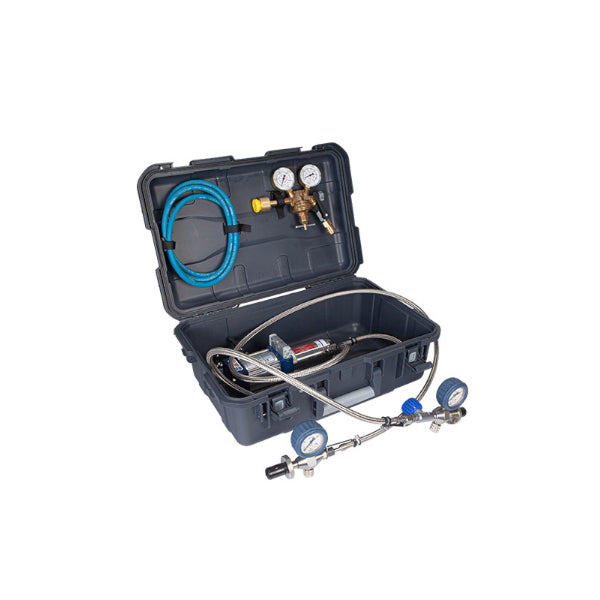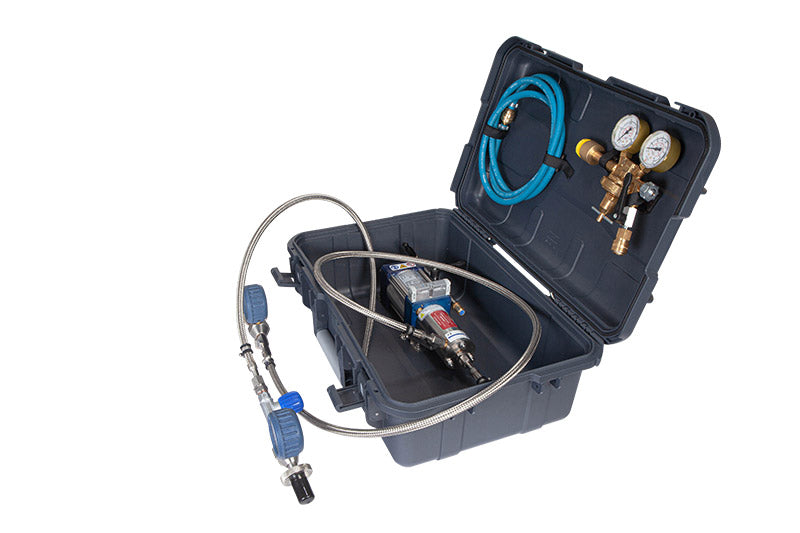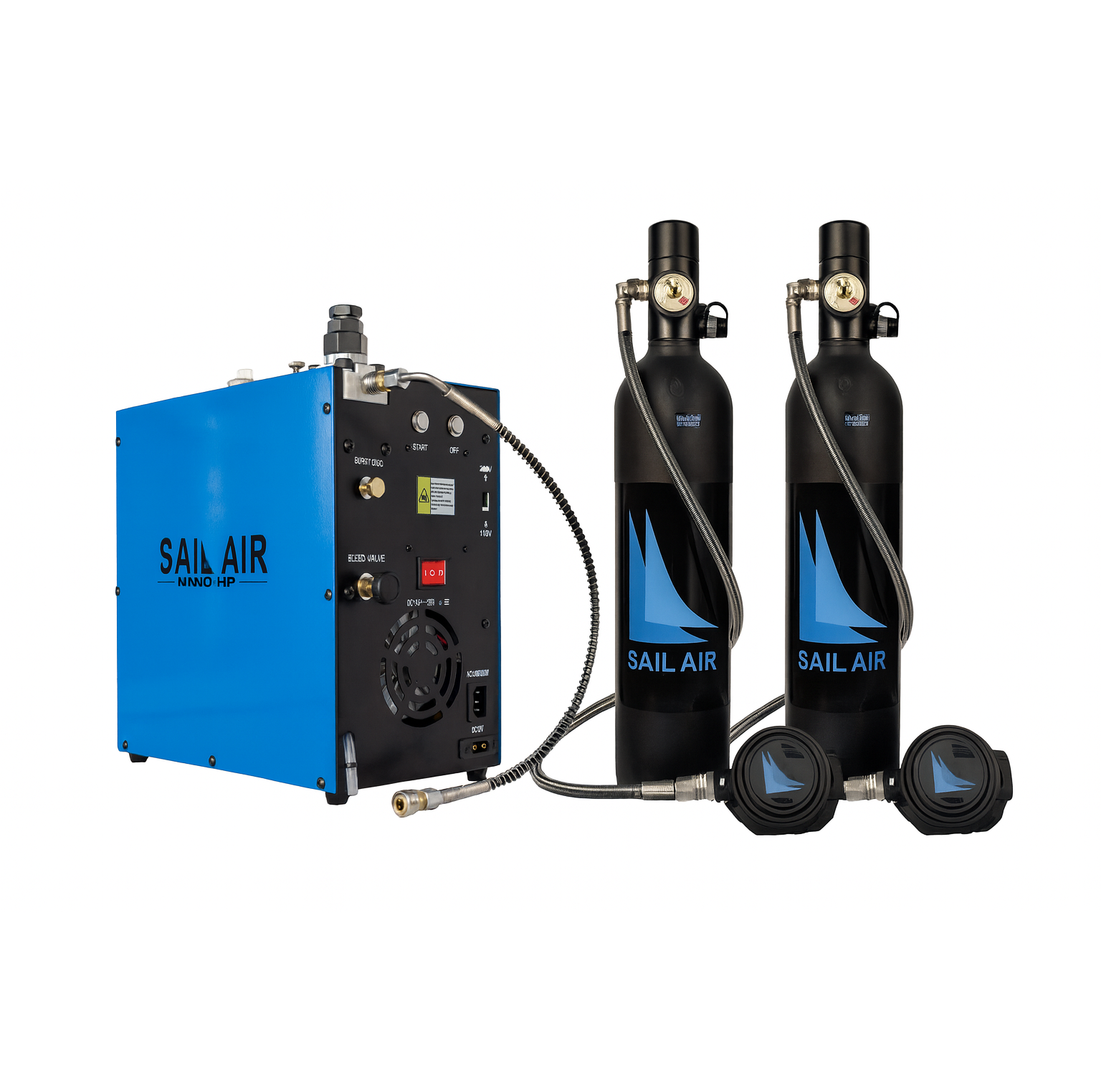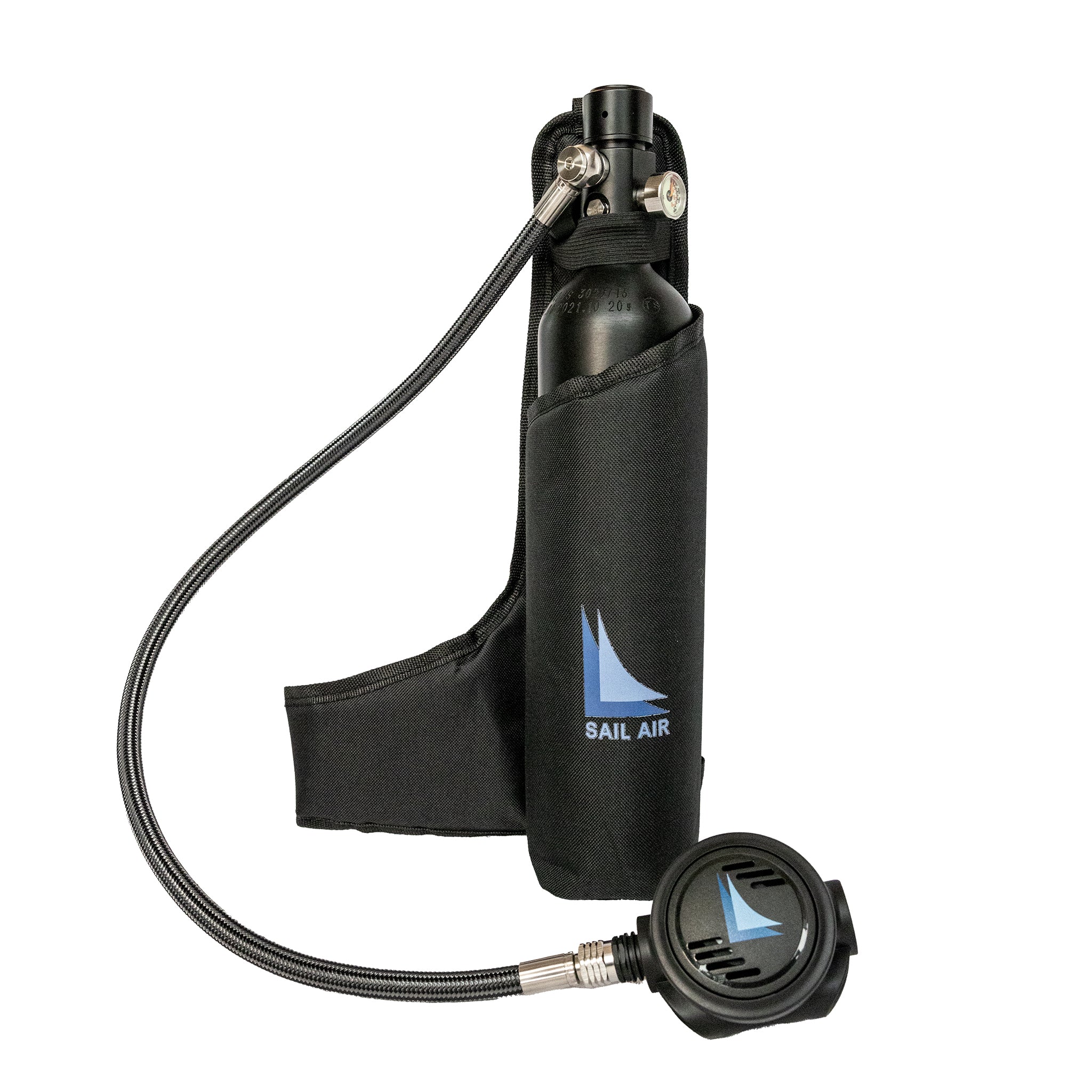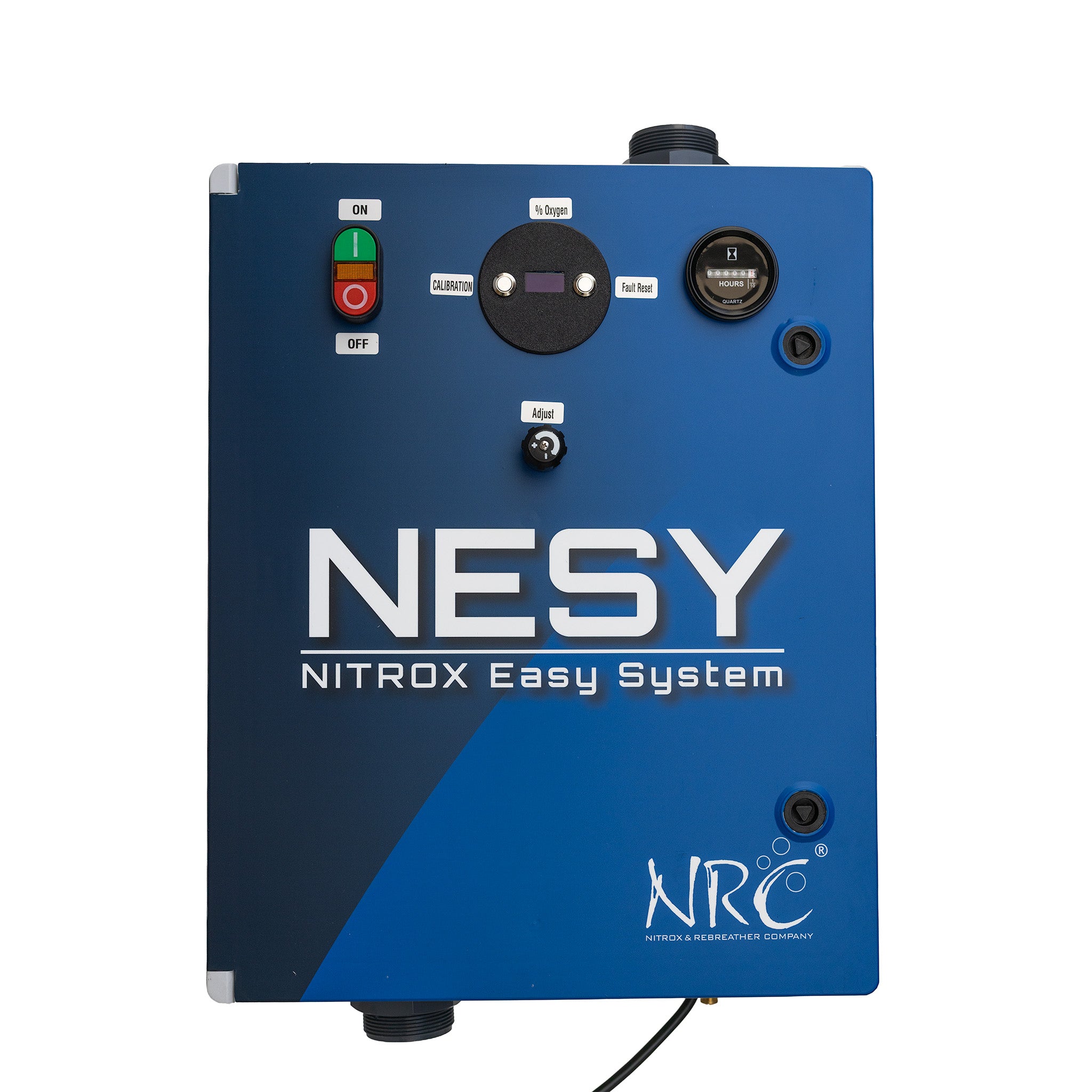When divers surface away from their boat, speed matters. Every minute saved in locating them makes the rescue smoother and safer. The ENOS (Electronic Rescue and Locating System) is designed for exactly this purpose: to provide an immediate, local response.
By creating a direct link between the diver and the vessel, ENOS gives the crew the diver’s exact position within minutes. It removes the delays of satellite or third-party systems, allowing your team to manage recovery quickly and confidently.
What is ENOS?
ENOS is a diver rescue system that uses GPS to pinpoint a diver’s location and send it directly to their dive boat within a range of up to 10 kilometers. The system allows the crew to begin the search immediately and independently.
The goal is simple: deliver the diver’s exact GPS coordinates to the crew for a fast and reliable recovery, with rescues typically completed in under 18 minutes. Each diver carries a compact ENOS Transmitter, while the vessel has a dedicated ENOS Receiver. Together, they create a direct communication link designed solely to bring divers back on board quickly and safely.
How the ENOS Rescue Process Works
The ENOS system follows a simple sequence that takes a diver from activation to rescue:
-
Activation: After surfacing, the diver activates the ENOS Transmitter by twisting the red disk until the LED light turns on.
-
GPS Acquisition: The transmitter sends the diver’s exact GPS coordinates as they twist the red disk directly to the receiver on the boat.
-
Signal Reception: The ENOS Receiver on the boat picks up the signal instantly. The crew sees the diver’s position, bearing, and distance on the screen.
-
Recovery: Using the data from the transmitter, the vessel can navigate straight to the diver and pick them up.
What If a Diver Gets Lost Below the Surface?
Divers can activate the beacon while still underwater by attaching it to a surface marker buoy (SMB) and sending it up. This allows the unit to break the surface, acquire GPS, and transmit the diver’s position even before they complete their ascent.
This makes ENOS a valuable complement to the safety practices divers already follow beneath the surface, such as:
-
Staying with a buddy or group to reduce the risk of separation.
-
Using a delayed surface marker buoy (DSMB) when ascending, so the boat can spot the diver early.
-
Agreeing on maximum dive times and safety stop procedures so the crew knows when and where to expect divers back at the surface.
Whether deployed via SMB or activated at the surface, ENOS ensures the diver’s exact GPS coordinates are transmitted directly to their boat. If visibility and sea conditions make it difficult to be spotted, ENOS provides its life-saving advantage.
ENOS vs. Other Diver Locator Beacons
|
Feature |
ENOS (GPS-based system) |
PLB (Satellite) |
AIS Beacon |
|
Communication Method |
Sends GPS position directly to the boat |
Transmits distress signal via satellite |
Broadcasts GPS position over the AIS network |
|
Primary Recipient |
The diver’s own dive boat |
Global Search and Rescue authorities |
Any AIS-equipped vessel within VHF radio range (typically line-of-sight) and AIS satellites |
|
Network Reliance |
None, fully self-contained |
Requires the COSPAS-SARSAT satellite system |
Relies on maritime AIS network |
Integrate ENOS into Your Dive Operation Safety Protocol
Dive operators who prioritize safety choose solutions that are built for precision and reliability. NRC has years of experience engineering systems for the marine environment, and the ENOS diver rescue system reflects that expertise with compact design, robust performance, and ease of use on any vessel.
From equipping every diver with a personal transmitter to installing a dedicated receiver on the boat, ENOS creates a private safety network that works instantly when needed. With optional antenna extensions and clear crew training guides, NRC ensures your team can operate the system with confidence in any situation.
Explore NRC’s ENOS rescue system and see how we can help your operation enhance diver safety and streamline recovery procedures at sea!
Frequently Asked Questions
What is the operational range of the ENOS system?
ENOS reliably transmits a diver’s exact GPS position directly to their dive boat within a range of up to 10 kilometers, allowing quick and precise location even in cases of diver separation.
How does battery life compare to other devices?
The ENOS Transmitter uses a replaceable battery designed for multiple activations without requiring factory returns or complicated maintenance. Unlike sealed Personal Locator Beacons (PLBs), you don’t need to send it back after a single use, making it reliable and cost-effective over time.
Is the system difficult to operate in a high-stress situation?
ENOS is designed to be simple to use. You just press or twist the transmitter to activate it. There’s no pairing or setup required, and the boat receives your GPS location right away, helping to make the process as easy as possible.
Can ENOS be used on any vessel?
Yes. ENOS receivers are trusted worldwide by dive boats of all sizes, from small RIBs to large liveaboards. As professional marine equipment, they typically require a 12V power supply and an antenna installation, which are standard on most dive vessels.


